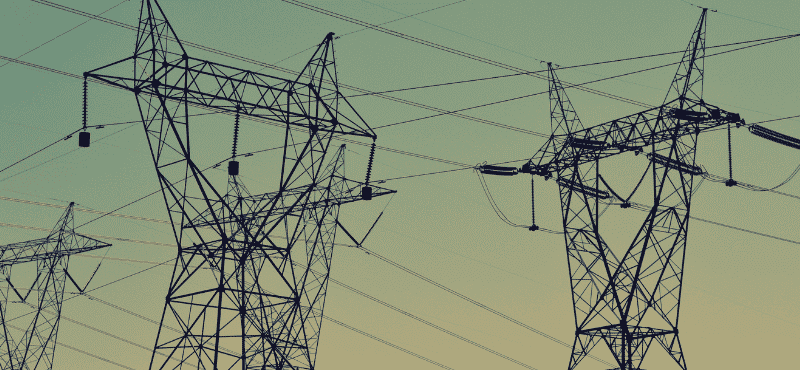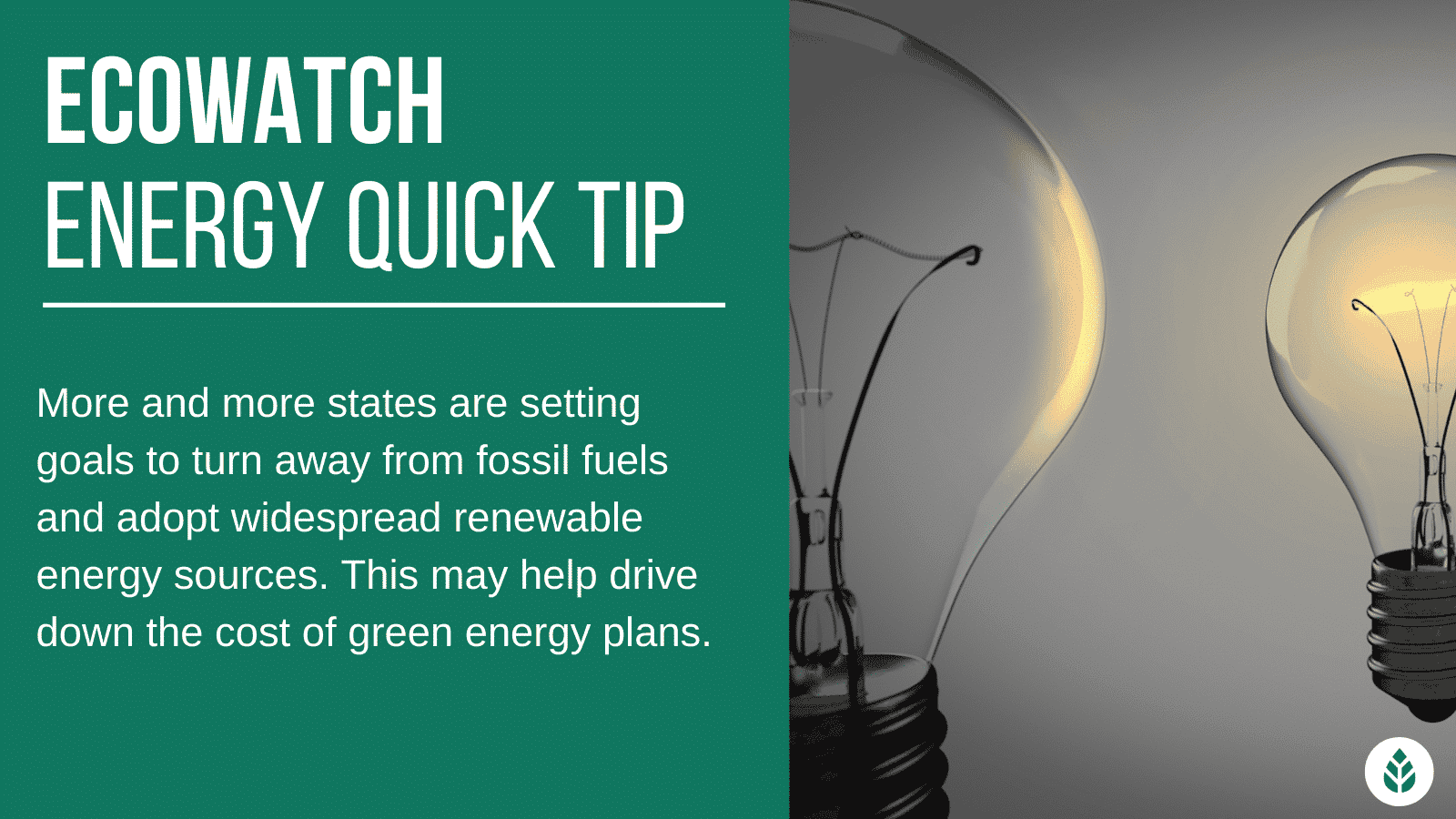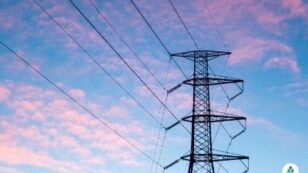

When Are Electricity Rates the Highest? How to Lower Your Energy Bills (2024)
In this article, you’ll learn:
- When are electricity prices the highest?
- What makes energy prices fluctuate?
- How can you save money with a time-of-use energy plan?
- And more
Each product and or company featured here has been independently selected by the writer. You can learn more about our review methodology here. If you make a purchase using the links included, we may earn commission.
Many homeowners don’t realize that electricity rates can fluctuate based on the time of day, week, and year, but understanding this pricing model can help save you money on electricity. With a time-of-use rate structures for electricity, the price of energy will change based on when the electricity is used during the day. Time-of-use (TOU) energy plans use peak and off-peak schedules to dictate when the cost per kilowatt-hour (kWh) will change and by how much.
Below, we’ll discuss when electricity is most expensive, some factors that can influence what you pay for energy on a TOU plan, how to save money on one of these energy plans and more.
When Is Electricity Most Expensive?
Generally speaking, time-of-use (TOU) energy plans are most expensive when the demand for electricity is high. The block of hours each day when demand is highest is determined by your electricity supplier, but it typically extends from the early or late morning into the evening.
Peak hours often begin around 8 a.m. and end between 7 p.m. and midnight, when off-peak hours begin. Some companies use mid-peak hours, which fall between peak and off-peak and have a moderate rate per kWh. For most energy providers, peak hours only apply to weekdays. Weekends and holidays are generally considered off-peak, although this can vary based on your electric company.
There are other factors that can affect what you pay for energy, like the time of year — the price of electricity is typically higher in the summer — and local market prices. It’s a good idea to read through your electric company’s service contract and terms to understand fully when prices are high and when electricity prices are lowest due to lower demand.

Constellation Energy

Nationwide Service
Average cost
Pros
- Many years of experience
- Great industry reputation
- Award-winning company
- No.1 producer of carbon-free energy in the U.S.
- Makes charitable contributions
Cons
- Charges contract cancellation fees
- No prepaid or no-deposit plans

Gexa Energy

Statewide Service
Average cost
Pros
- Many years of experience
- Great industry reputation
- Makes charitable contributions
- Low rates
- Wide variety of contract term options
Cons
- Charges contract cancellation fees
- No prepaid or no-deposit plans
- Slightly high number of complaints versus competitors

Green Mountain Energy

Nationwide Service
Average cost
Pros
- Green-e certified plans
- Wide variety of contract term options
- Low number of customer complaints
- Many years of experience
- Makes charitable contributions
Cons
- Charges contract cancellation fees
- No prepaid or no-deposit plans
- No satisfaction guarantee
Factors That Influence Your Energy Cost
There are many factors that affect the cost of electricity and when your on-peak hours fall during the day. We’ll discuss the most prevalent ones below.
Your Energy Plan
Your specific energy plan and energy supplier will be the most significant factors when it comes to the price you pay per kWh for electricity. Many states have deregulated electricity markets, which means you can choose the supplier and the plan you want. In states that have standard (regulated) service only, you can sometimes still choose between different plans.
There are several kinds of energy plans that come with different rate structures. Fixed-rate energy plans have a predetermined price you’ll pay per kWh, which applies to all the energy you use, no matter when you use it. Variable-rate plans — which can also be time-of-use plans — have a rate that changes based on local energy prices. Your rate could double or halve if the energy supply fluctuates or demand spikes or drops.
Prepaid energy plans allow you to pay for energy before you use it, meaning you’ll never be charged more than you’ve allotted for power. These plans use a variable rate, but they tend to be a bit more expensive on a per-kWh basis.
Even among similar types of energy plans, rates vary according to the energy supplier. One electric company could have a significantly higher rate based on a number of factors, so choosing the supplier and plan that suit your budget can save you money in the long run.
Time of Day
The cost per kWh for time-of-use electric plans will primarily be determined by the time of day you use your electricity. These plans use peak and off-peak time blocks based on demand to determine your rate for energy use.
Peak hours, when demand is highest and electricity is most expensive, often begin around 8 a.m. and go through the evening, sometimes as late as midnight. Any electricity use during this time period will be at its most costly because demand is higher. Off-peak hours are any other times of the day, and they have lower per-kWh rates. Some companies use mid-peak time periods as well, which fall between peak and off-peak and use a mid-tier energy rate.
Time of Week
Most time-of-use plans consider weekends to be off-peak, which means the energy you use on Saturdays and Sundays — regardless of the time of day — will be less expensive than the equivalent electricity usage during peak hours on weekdays.
Time of Year
The time of year can affect your energy prices. Demand is typically highest in the summer, in large part because homeowners run air conditioners to keep their homes cool and comfortable. Given the higher demand, summer rates for electricity are typically higher than in the other seasons.
The time of day you use energy still has an impact on the price per kWh in the summer. So daytime energy consumption in the summer months will typically be the most expensive time to consume electricity. Some electric companies implement an extended peak time period each day for the summer, so make sure you check your service contract for special summer peak periods and rates.
Additionally, holidays are generally considered to be off-peak, regardless of the time of day. It’s not practical to plan energy usage specifically for holidays, but it’s still helpful to know exactly when your rate is likely to be lower.
Energy Source
The source of the energy you use can play a relatively small role in cost per kWh. Many utility companies still use fossil fuels like coal and natural gas to generate electricity, but some have transitioned to exclusively renewable energy, and some have clean energy plans in addition to those that use fossil fuels to produce energy.
We always recommend green energy plans, as they’re better for the environment, they let you reduce your carbon footprint and they let you support the clean energy movement without having to install expensive solar panels on your home. Renewable energy plans do tend to be a touch more expensive, usually equating to one to two cents more per kilowatt-hour.
That being said, most states have a Renewable Portfolio Standard (RPS) goal to promote clean energy production. It’s possible that renewable energy plans will become more prevalent and more affordable as these plans are incentivized to meet state production goals.
Location
Your geographic location can play a significant role in your energy prices in two main ways. First, electricity tends to be more expensive in major cities, where a higher population puts a greater strain on the electric grid and the demand for energy is significantly higher than in rural areas. You can expect lower rates in rural areas and higher rates if you live in or around a large city.
Your distance from the nearest power plant can affect your electricity prices as well. Homes that are close to electricity generation facilities are easy to supply with energy, so rates tend to be a bit cheaper. The further you get from the point of production, the more expensive it is to supply your home with energy, and the higher your rates will be.
Energy prices vary wildly by state as well. States that generate more power than they consume and sell the excess to surrounding states usually have lower energy rates because the supply is so great. States like Alaska and Hawaii that are unable to purchase energy from nearby states have some of the highest per-kWh rates in the nation.
Local Energy Rates
Finally, local energy rates can affect what you pay for electricity. Energy rates fluctuate based on supply and demand, and if you have a variable-rate energy plan or a time-of-use energy plan, your prices per kWh will undoubtedly spike when demand is high or when the energy supply runs low and providing power becomes more expensive for your energy supplier. Residential customers on these types of energy plans could see prices skyrocket during times of crisis as well.
When Are On-Peak Hours for Electricity?
On-peak hours are those during which demand is high. The specific hours are not regulated by your state’s Public Utilities Commission (PUC) — they are set by your energy supplier. You’ll need to check with your electric company for the peak and off-peak hours that apply to you.
That being said, peak hours are generally during the day, often starting between 8 a.m. and 10 a.m. and extending through the evening, typically closing out between 7 p.m. and 12 a.m. These hours can fluctuate depending on your energy provider and the time of year, so be sure to read through your service contract for specifics.
For most electric companies, off-peak times include weekends and holidays as well, regardless of the hours of the day you use energy.
How To Maximize Energy Savings With Time of Use Energy Plans
While a time-of-use energy plan can end up costing you more than other plan options, there are a few things you can do to save money and lower your energy bill by reducing the amount of electricity you use during peak hours. We’ll discuss some of the most useful strategies below.
Get a Smart Thermostat
One of the easiest ways to limit your on-peak usage and save money on your electric bill is to get a smart thermostat. Smart thermostats are programmable, so you can set when your heating and cooling systems turn on and off.
During the day in the summer months, you’ll pay some of the highest prices of the year to run your air conditioning. While you should be comfortable in your home, limiting AC usage when no one is home is an easy way to save. You can turn off your AC when everyone is out of the house for school or work and program it to come back on a half-hour or so before you come home. This keeps your home comfortable when you’re there and limits energy usage when you’re not.
You can set up similar parameters for peak hours during the winter. Just be sure not to set the heat too low, or you’ll risk property damage from freezing pipes or drastic temperature fluctuations. You can also set the heat a bit lower at night, as most people enjoy sleeping in cooler temperatures.
Limit On-Peak EV Charging
If you have an electric vehicle (EV), you should always plan to charge it during off-peak hours. EV charging consumes a lot of energy, and simply charging overnight rather than when you get home from work or school is a simple way to enjoy massive energy savings. You can also opt to charge on weekends, which electric companies usually designate as off-peak.
Limit On-Peak Appliance Usage
Finally, you can save a substantial amount of money by limiting appliance usage when peak pricing applies. Of course, on-peak usage of some appliances like stoves, microwaves and refrigerators is unavoidable. However, waiting to run the washing machine, dryer or dishwasher until your off-peak hours kick in is an easy way to reduce your electric bill.

 233k
233k  41k
41k  Subscribe
Subscribe 







